Buying a home is a huge dream for many. But what if you could use your Voluntary Provident Fund (VPF) to make that dream a reality? It sounds tempting, but is it the right choice? This article breaks down how you can withdraw from your VPF for a home purchase or to pay off a home loan. We’ll look at the rules, the steps involved, and what you need to think about before making this big decision.
Understanding VPF and Homeownership
The Voluntary Provident Fund (VPF) is a savings plan where you can voluntarily contribute more than the mandatory amount to your Employee Provident Fund (EPF). It’s a great way to build a bigger retirement nest egg. But sometimes, life throws curveballs, and the need for a home becomes a priority. That’s where the option to withdraw from your VPF for housing purposes comes in.
Withdrawing VPF for Your Home: The Basics
Yes, you can take money out of your VPF to buy a home or pay down your existing home loan. However, there are rules you need to follow. Generally, you need to have been contributing to the EPF (and therefore also the VPF) for a certain number of years to be eligible. Also, the amount you can withdraw is limited based on your contributions and the value of the property.
How to Withdraw VPF for a Home
The process of withdrawing your VPF is pretty straightforward these days, thankfully now much of the process is online. Here’s a general guide:
- Check Your Eligibility: Make sure you meet the minimum service requirement (usually a few years of EPF contribution).
- Fill Out the Form: You’ll need to fill out a specific form, which you can usually find on the EPFO (Employees’ Provident Fund Organisation) website.
- Submit the Documents: You’ll need to provide documents like your ID, address proof, and property documents.
- Wait for Processing: Once you submit everything, the EPFO will process your request. This can take some time, so be patient.
Things to Consider Before Withdrawing
Before you rush to withdraw from your VPF, think carefully. Raiding your retirement savings has serious consequences. You’ll have less money available when you retire, and you’ll miss out on the potential growth of that money over time. Consider these points:
- Opportunity Cost: The money you withdraw won’t be earning interest or growing through investments.
- Tax Implications: While VPF withdrawals are often tax-free after a certain period, it’s wise to double-check the current tax rules.
- Alternative Options: Explore other ways to finance your home, such as a traditional home loan or government schemes.
Is It the Right Choice for You?
Deciding whether to withdraw from your VPF for a home is a personal decision. There’s no one-size-fits-all answer. If you’re struggling to afford a home any other way and you’re confident you can rebuild your retirement savings later, it might be a viable option. However, if you have other options available, it’s generally better to leave your VPF untouched. It is always best to speak to a financial advisor before making the final decision.
Looking Ahead
The ability to withdraw from your VPF for housing is a helpful option for many people. As regulations evolve, it’s important to stay informed about the rules and consider the long-term financial implications. Making the right decision can help you achieve your dream of homeownership without jeopardizing your future financial security.

I’m a passionate writer and digital storyteller with a keen interest in technology, current affairs, and creative expression. Whether I’m researching the latest trends or sharing my thoughts on everyday topics, I aim to connect with people through honest and engaging content. When I’m not busy writing, you’ll likely find me exploring new ideas, reading widely, or enjoying the great outdoors. Thanks for visiting my profile—let’s share some great stories together!





